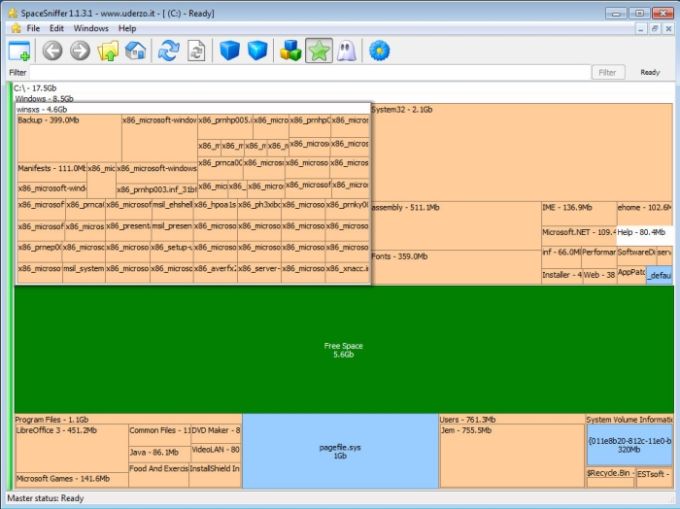


For better visual tracking, the program uses ‘drop shadow’ on the selected on-screen element. The latest version of the program comes with several file classes, allowing you to add different colors to file types. Additionally, you can manually tag folders and files for easy exporting and filtering. While using SpaceSniffer, you have the ability to export the scan results in text format. With too much data, the interface can be overwhelming, and the configuration options allow you to simplify certain aspects. If you don’t have much technical knowledge, it has been explained in the ‘Help’ section and the accompanying file.įrom the ‘Settings’ menu of the program, you can easily configure animation effects and color combinations. SpaceSniffer features a text field, which lets you filter results using a hassle-free syntax. The same goes for file deletion and modification. All the elements in the display results change in real-time.įor instance, when you download something from the web, the file will be immediately added to the animated pattern. Compared to TreeSize and SequoiaView, SpaceSniffer comes with a really amazing feature. You can simply double-click a square to browse content and explore the folder structure layout. When you hover the mouse over the animated squares, they light up to give more details. It uses the same pattern for both the color and size. The overall display pattern of the program is animated. If a square seems bigger, it takes more space on the hard disk. Unlike WinDirStat, SpaceSniffer analyzes every file and folder in a selected drive to display results in a square pattern. Since it uses a Treemap visualization layout, the eye-catching results are easier to explore. This file scanner not only scans the computer’s hard drive but lets you scan connected drives. With SpaceSniffer, you get a good idea about how space is distributed in your Microsoft Windows PC.


 0 kommentar(er)
0 kommentar(er)
